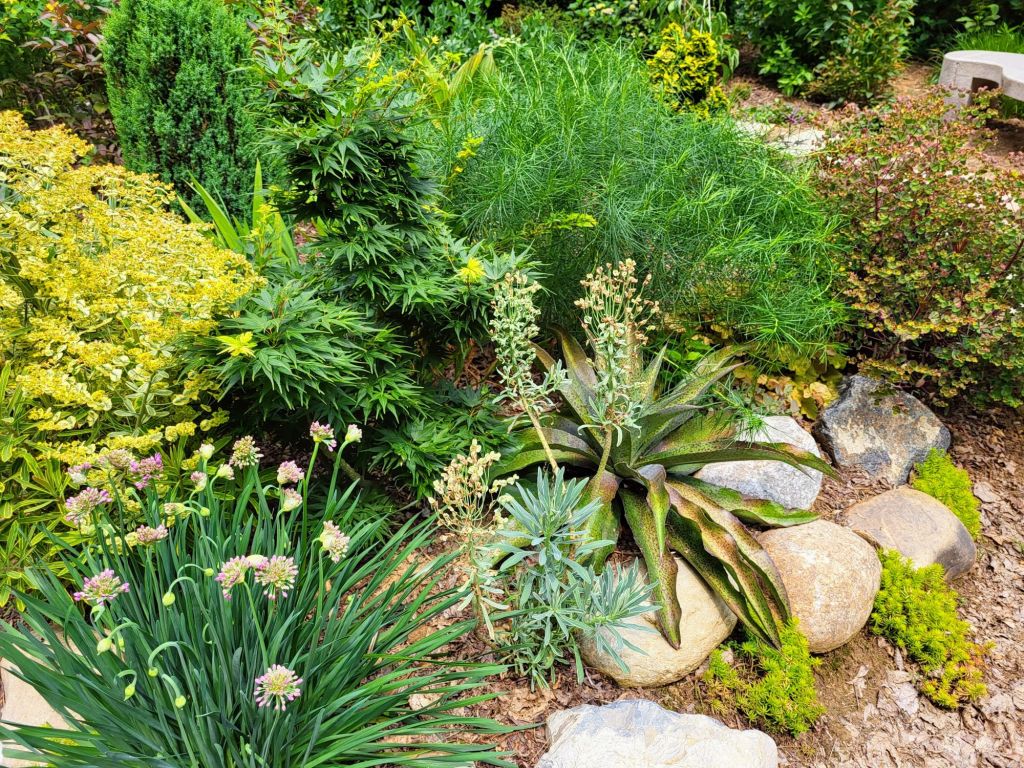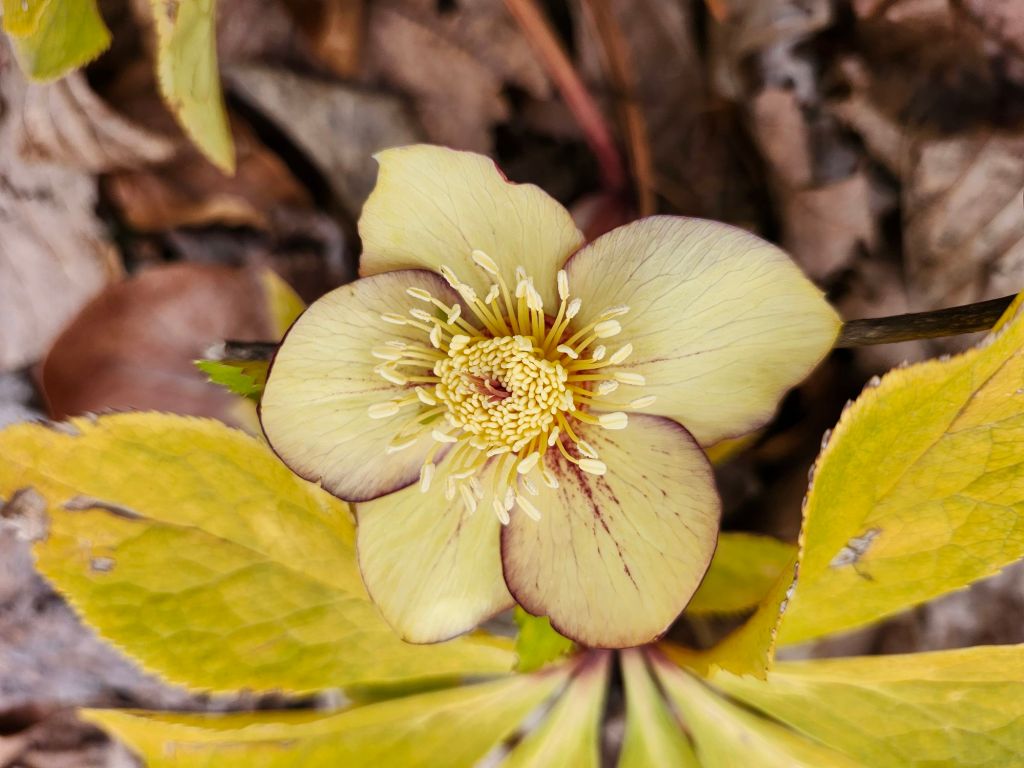At the start of March, there are countless garden tasks to be accomplished. I dislike lists, so the various chores will not be enumerated. Otherwise, the list would be ignored as so many others before it, including ones prepared by others who certainly have learned their lesson after so many decades. Later in the gardening season, such a workload would be dismissed, but after the lull of winter, I look forward to the few afternoons of labor.

The process to complete this unpublished worklist will be chaotic. Inevitably, one thing leads to another, and perhaps once started, the original chore is not completed, though a dozen others are accomplished, or at least partially so.

Efficient or not, the spring cleanup is finally done, requiring several long days in this densely planted acre and a quarter. New arrivals are planted, some with careful consideration and others with the thought “this can be moved later if necessary. We’ll see how it does.” Of course, these will sink, swim, or perhaps tread water in this position forever more, though one might be on next year’s informal list to be moved unless put off until the following year.

Much of the spring cleanup is done by grab and pull, though flower stalks and foliage of irises must be cut. Too many times, I’ve tugged out roots of shallow perennials, so I must bend and snap except for daylilies and hostas that require minimal effort.

I will get around to pruning last year’s hydrangea blooms later. Flowers of panicled (Hydrangea paniculata, below) and the native smooth hydrangea (H. arborescens) can be plucked off at any time, but typically, I wait to see growth on big leaf (H. macrophylla) varieties since more severe pruning is often needed with winter stem damage. The garden will never be tidy by any typical accounting, so varying degrees of disarray are never bothersome.

I strive for an efficient use of my time, so I try to resist the distraction to correct some deficiency that is come across. But that might be forgotten if I move on, so the day’s labor is often interrupted. Still, at the end of the day, I’m satisfied with the work accomplished, and whatever was forgotten or done halfway will be gotten to tomorrow.
I love to putter around in the early spring doing a couple non-timing relevant things like hanging the gong wind chime and putting the heated bird bath to bed for the winter. Soon enough the task list will be more time sensitive, but for now it’s fun to play.
With growth starting, now is the time to get the cleanup done for me. Today, I wade into the koi pond to cut back old foliage in the bog.
You always have nice pics, but I’d prefer to see the garden as it is now, even if it’s not at its visual best. Off-season pictures are interesting and useful to me. Despite what we see in the movies, no one wakes up in full hair and makeup!!